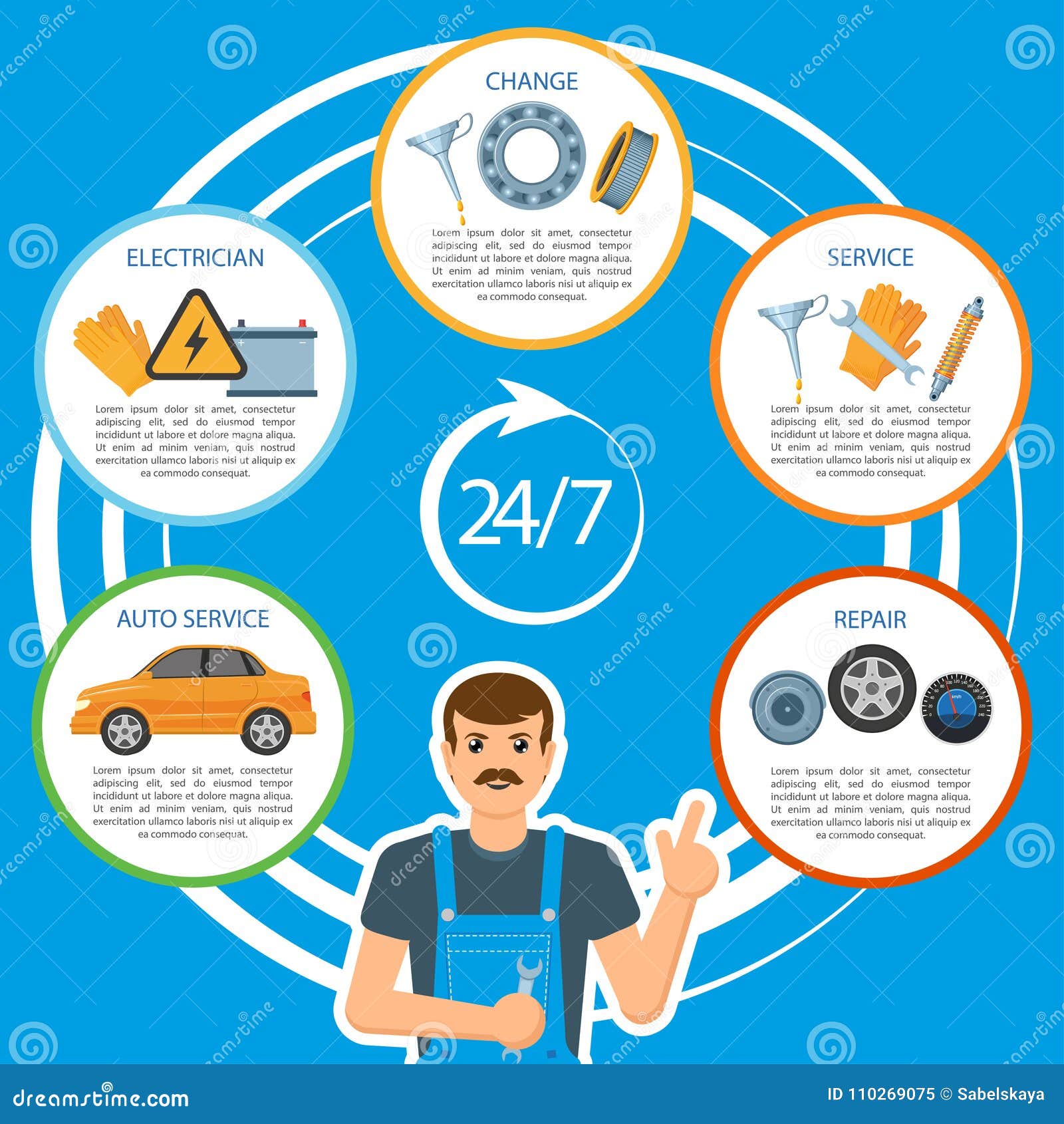Intrigued In Understanding The Caution Lights On Your Automobile'S Control Panel? Discover Their Relevance For Your Automobile'S Safety And Security And Total Problem
Intrigued In Understanding The Caution Lights On Your Automobile'S Control Panel? Discover Their Relevance For Your Automobile'S Safety And Security And Total Problem
Blog Article
Author-Lim Dalgaard
When you lag the wheel, those beautiful warning lights on your dashboard can be a bit bewildering. Do you understand what they're attempting to tell you about your cars and truck's health and wellness? Comprehending the relevance of these lights is crucial for your safety and security and the durability of your lorry. So, the next time one of those lights pops up, would not you wish to understand its message properly and take the required actions to address it?
Common Warning Lighting and Interpretations
Recognize typical caution lights in your automobile and understand their meanings to guarantee risk-free driving.
The most typical caution lights consist of the check engine light, which indicates problems with the engine or exhausts system. If this light comes on, it's essential to have your vehicle examined without delay.
The oil pressure alerting light suggests low oil pressure, requiring immediate interest to avoid engine damage.
A flashing battery light could recommend a defective charging system, potentially leaving you stranded otherwise attended to.
The tire stress monitoring system (TPMS) light informs you to low tire stress, affecting automobile stability and gas effectiveness. Ignoring car interior detailing can lead to risky driving conditions.
The ABS light indicates an issue with the anti-lock braking system, compromising your ability to quit swiftly in emergencies.
just click the up coming internet page but not least, the coolant temperature warning light warns of engine overheating, which can result in extreme damages if not dealt with swiftly.
Understanding these typical caution lights will aid you address problems without delay and preserve safe driving problems.
Importance of Prompt Attention
Recognizing the common caution lights in your car is just the initial step; the relevance of immediately attending to these cautions can't be stressed enough to ensure your safety and security on the road.
When a warning light illuminates on your dashboard, it's your car's way of connecting a possible issue that requires attention. Ignoring these warnings can cause a lot more extreme troubles in the future, endangering your safety and potentially costing you a lot more in repairs.
Prompt focus to warning lights can protect against failures and mishaps. As an example, a flashing check engine light could suggest a misfire that, if left ignored, can cause damage to the catalytic converter. Addressing this without delay can save you from a pricey repair work.
Likewise, a brake system warning light may signify reduced brake liquid or used brake pads, important components for your safety and security when driving.
Do It Yourself Troubleshooting Tips
If you discover a warning light on your control panel, there are a few DIY repairing pointers you can attempt prior to seeking expert aid.
The primary step is to consult your car's guidebook to understand what the particular warning light shows. Often the problem can be as basic as a loose gas cap activating the check engine light. Tightening up the gas cap might settle the trouble.
An additional typical problem is a reduced battery, which can set off different cautioning lights. Inspecting the battery links for rust and guaranteeing they're safe may fix the trouble.
If a warning light continues, you can attempt resetting it by separating the car's battery for a few mins and afterwards reconnecting it. Additionally, checking your automobile's fluid levels, such as oil, coolant, and brake liquid, can assist fix warning lights connected to these systems.
Verdict
Finally, understanding your cars and truck's warning lights is essential for keeping your car running efficiently and securely. By promptly resolving these notifies and recognizing what they indicate, you can prevent expensive fixings and prospective failures.
Bear in mind to consult your car's handbook for particular details on each advising light and act as necessary to guarantee a trouble-free driving experience.
Remain informed, stay secure on the road!
